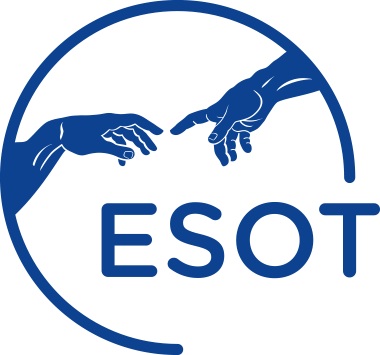- Transplantation. 1994 Feb 27; 57(4):563-8.
- Abstract
- Pubmed Link
In this study, photochemotherapy (PCT) was used for adjunct immunosuppression in the first six months after heart transplantation (HTx). Fifteen patients after orthotopic HTx were included in the study; all received standard triple-drug immunosuppression including cyclosporine, azathioprine and glucocorticoids, but no adjunct therapy with mono- or polyclonal antibodies. The patients were divided into three groups: group I served as control with no additional treatment; group II received adjunct treatment with 10 courses of PCT (single-day treatments); and group III received 20 PCT courses since it was given each time on two consecutive days. PCT was started in both groups on day one after HTx; it was applied with a higher frequency in the early postoperative period and thereafter continued at four-week intervals for a total of 6 months. The photopheresis method for PCT included extracorporeal UVA irradiation of mononuclear cells that were treated with the photosensitive drug 8-methoxypsoralen (8-MOP) and subsequently retransfused to the patient. A new liquid form of 8-MOP was added directly to the buffy coat, resulting in reliable and sufficient drug levels in the cell suspension during the irradiation period; problems caused by oral application due to unpredictable variations in gastrointestinal absorption were thus prevented. Analysis of the total numbers of acute rejection episodes (AREs) within the first four weeks after HTx revealed a more impressive decrease by double PCT (group III, 3 AREs) than by single PCT (group II, 5 AREs) in comparison with the control (group I, 6 AREs). Over the total observation time (mean: 9.6 months), however, both PCT schedules reduced the total number of AREs observed in the control group (20 AREs) equally by more than 50% (9 AREs each in groups II and III) (P = 0.007). Furthermore, PCT treated patients had significantly fewer infections (6 infections in each group) than control group patients (15 infections) (P = 0.026); this, however, may be accounted for by the higher number of acute rejections in the control group and consequent increase in unspecific immunosuppression treatment. Our results suggest that PCT is a safe and effective method of adjunct immunosuppression that can be applied early in the postoperative period; it reduces the number of rejection episodes and does not increase the risk of infections.
BACKGROUND:
There is no standard definition for “HLA incompatible” transplants. For the first time, we systematically assessed how HLA incompatibility was defined in contemporary peer-reviewed publications and its prognostic implication to transplant outcomes.
METHODS:
We combined 2 independent searches of MEDLINE, EMBASE, and the Cochrane Library from 2015 to 2019. Content-expert reviewers screened for original research on outcomes of HLA-incompatible transplants (defined as allele or molecular mismatch and solid-phase or cell-based assays). We ascertained the completeness of reporting on a predefined set of variables assessing HLA incompatibility, therapies, and outcomes. Given significant heterogeneity, we conducted narrative synthesis and assessed risk of bias in studies examining the association between death-censored graft failure and HLA incompatibility.
RESULTS:
Of 6656 screened articles, 163 evaluated transplant outcomes by HLA incompatibility. Most articles reported on cytotoxic/flow T-cell crossmatches (n = 98). Molecular genotypes were reported for selected loci at the allele-group level. Sixteen articles reported on epitope compatibility. Pretransplant donor-specific HLA antibodies were often considered (n = 143); yet there was heterogeneity in sample handling, assay procedure, and incomplete reporting on donor-specific HLA antibodies assignment. Induction (n = 129) and maintenance immunosuppression (n = 140) were frequently mentioned but less so rejection treatment (n = 72) and desensitization (n = 70). Studies assessing death-censored graft failure risk by HLA incompatibility were vulnerable to bias in the participant, predictor, and analysis domains.
CONCLUSIONS:
Optimization of transplant outcomes and personalized care depends on accurate HLA compatibility assessment. Reporting on a standard set of variables will help assess generalizability of research, allow knowledge synthesis, and facilitate international collaboration in clinical trials.


